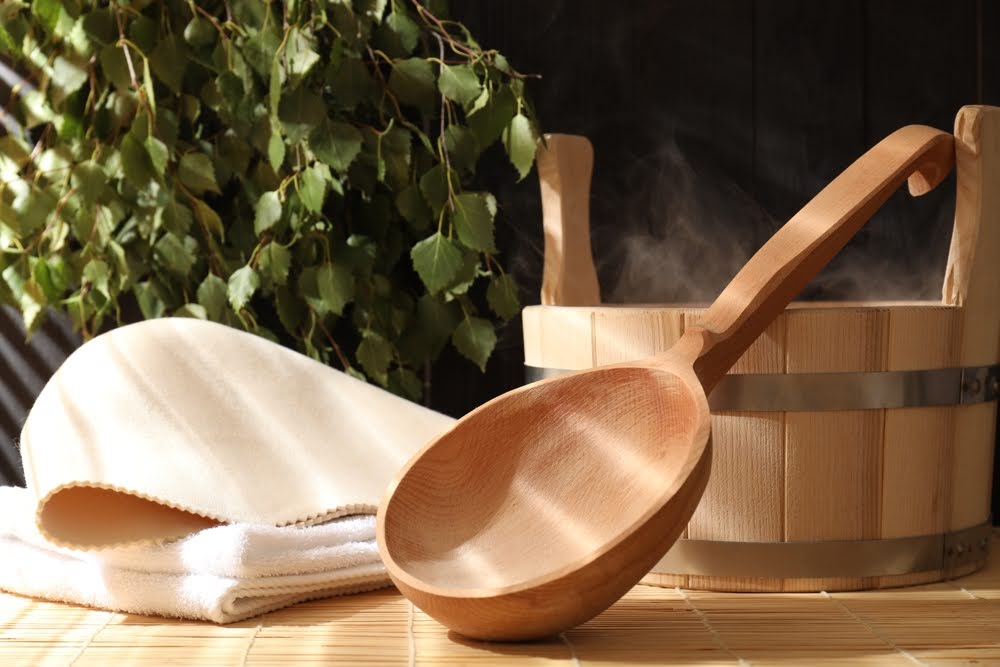
Origin of the Sauna: A Deep Dive into Its History & Cultural Significance
Share
Step into any sauna today, and you’re experiencing something that dates back thousands of years.
The origin of the sauna takes us to Northern Europe, where communities learned to thrive in long, cold winters by creating heated spaces that offered more than just warmth—they provided ritual, rest, and renewal.
From Ground Pits to Smoke Cabins
It all began in what is now Finland. People dug pits into the ground and heated them with fire-heated stones. Once hot enough, they would pour water over the stones, creating steam and warmth inside the small enclosed space.
These primitive saunas—called savusauna or smoke saunas—had no chimneys. The smoke filled the room while it heated, then was released before people entered. This early design wasn’t just about comfort—it was a survival tool.
Over time, these earthy steam rooms evolved into wooden cabins with better ventilation, added benches, and eventually chimneys. As Finnish communities spread and evolved, so did the sauna’s design.
From primitive smoke pits to modern cabin saunas, the materials and building techniques may have changed, but the core idea remained the same: heat the body, calm the mind, and create space for community.
Saunas as Everyday Life
In traditional Finnish culture, the sauna wasn’t an occasional luxury. It was a regular part of life. Families built them before houses, and babies were often born inside them.
Saunas served as the cleanest, warmest place in the home, ideal for bathing and even healing. The Finnish people were well aware of the health benefits of regular sauna use.
What’s more, they were social hubs. Generations gathered together, told stories, and passed down traditions. There was no rush. The sauna encouraged everyone to slow down, disconnect, and just be present.
Healing, Cleansing, and Belief
Long before modern wellness trends, people believed the sauna could heal more than sore muscles. It was a place to “sweat out” illness, to cleanse not just the body but the spirit.
The extreme heat followed by cold plunges or snow rolls was not only refreshing, but it was believed to boost vitality.
Even today, science backs up what ancient cultures already sensed: heat therapy promotes circulation, reduces stress, and helps muscles recover.
A Global Wellness Icon
The sauna didn’t stay confined to Finland. As people migrated, they brought their traditions with them. In Russia, it inspired the banya. In North America, Native American sweat lodges offered a parallel experience.
Eventually, spas, gyms, and hotels across the world adopted the sauna as part of their wellness offerings.
Of course, the experience looks a little different today—some feature infrared technology, glass walls, or built-in sound systems—but the essence remains.
Honoring Roots in Modern Times
In 2020, UNESCO recognized Finnish sauna culture as an intangible cultural heritage of humanity. That move honored the past, as well as inspired a new wave of sauna building and usage, from backyard builds to luxury wellness retreats.
As you look at today’s booming interest in natural therapies and mindful living, you can see how the origin of the sauna still shapes how we care for ourselves and connect with others.
Ready to Build Your Own Sauna Experience?
Bring ancient wellness into your daily life with handcrafted sauna kits, heaters, and accessories from American Sauna Store.
Whether you're upgrading your home or creating a peaceful retreat, our expert guidance and high-quality materials help you build a sauna that honors tradition while fitting your modern lifestyle. Feel free to give us a call or send us a text if you need any help, ask any questions, or need further information!
